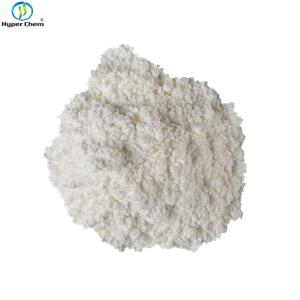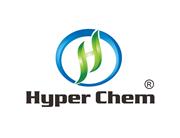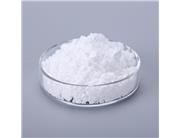1. Generic and Brand Names:
2. Dosage Forms:
3. Indications:
For patients with nonvalvular atrial fibrillation to reduce the risk of stroke and systemic embolism.
For the treatment of deep vein thrombosis (DVT) and pulmonary embolism (PE).
Prophylaxis of DVT, which may lead to PE, in patients who have undergone knee or hip replacement surgery.
Reducing the risk of recurrent DVT and PE after initial therapy.
4. Mechanism of Action:
5. Absorption and Distribution:
6. Metabolism and Elimination:
Primarily metabolized via the enzyme CYP3A4.
Eliminated via both urine and feces, with an apparent half-life of 12 hours.
7. Administration:
Dosage depends on the indication, patient's age, serum creatinine, and body weight.
For hip or knee replacement surgery prophylaxis, the recommended dosage is 2.5 mg orally twice daily, initiated 12 to 24 hours post-surgery.
8. Contraindications:
9. Side Effects:
Can cause serious side effects including bleeding, easy bruising, unusual bleeding, and in rare cases, spinal blood clots that can lead to paralysis.
10. Warnings and Precautions:
Increases the risk of severe or fatal bleeding, especially when co-administered with certain medicines.
Patients should be monitored for signs of bleeding.
11. Drug Interactions:
12. Overdose Management:
There is no specific antidote for apixaban. Management of overdose involves supportive care and may include the use of prothrombin complex concentrate, activated factor VII, or recombinant factor VIIa.
13. Special Populations Considerations:
Adjusted dosing may be necessary for patients with renal impairment, hepatic impairment, or in the elderly.
Not recommended during pregnancy or breastfeeding due to insufficient data on safety.
14. Storage Conditions:
15. Regulatory Approvals and Marketing:- Approved by the US FDA in 2012 for atrial fibrillation and later for other indications.
- Marketed by Bristol Myers Squibb and Pfizer under the brand name Eliquis.

 China
China



